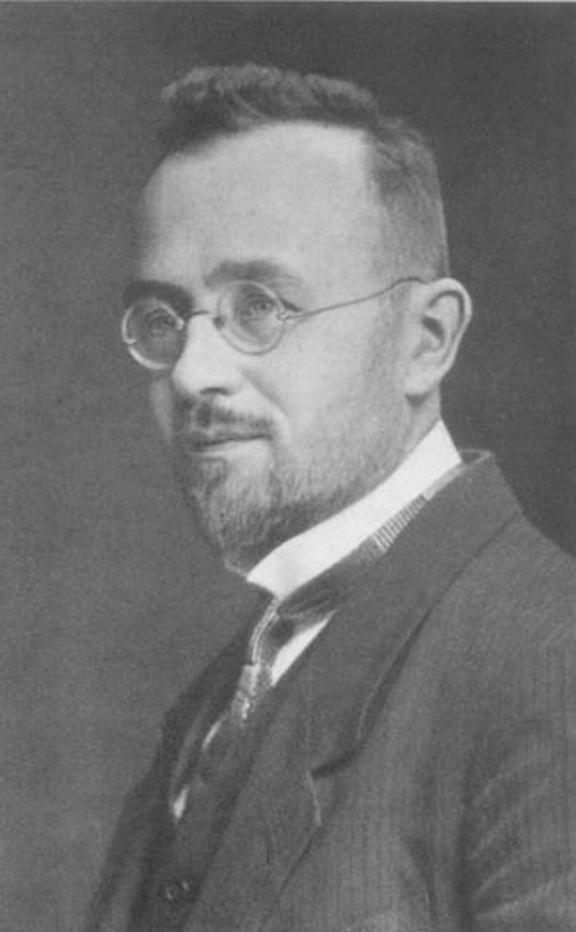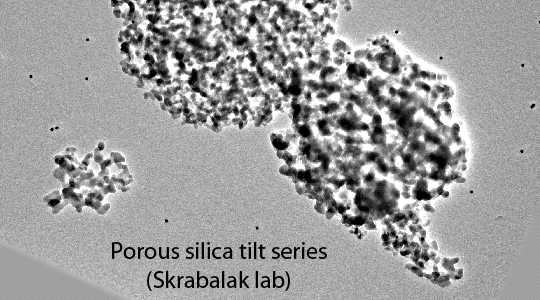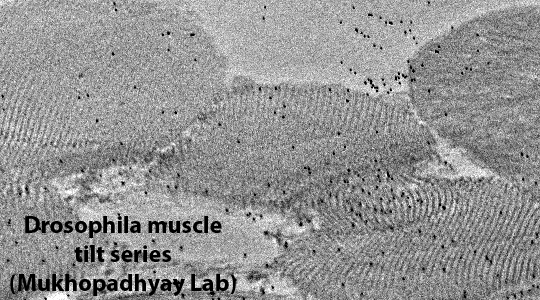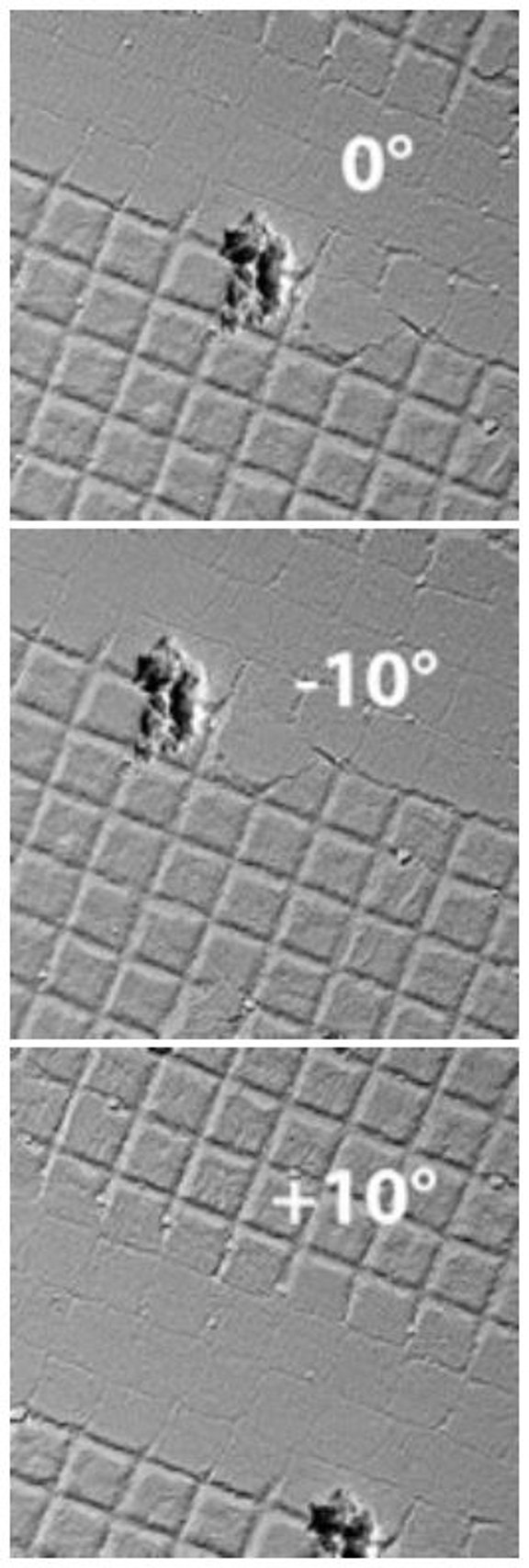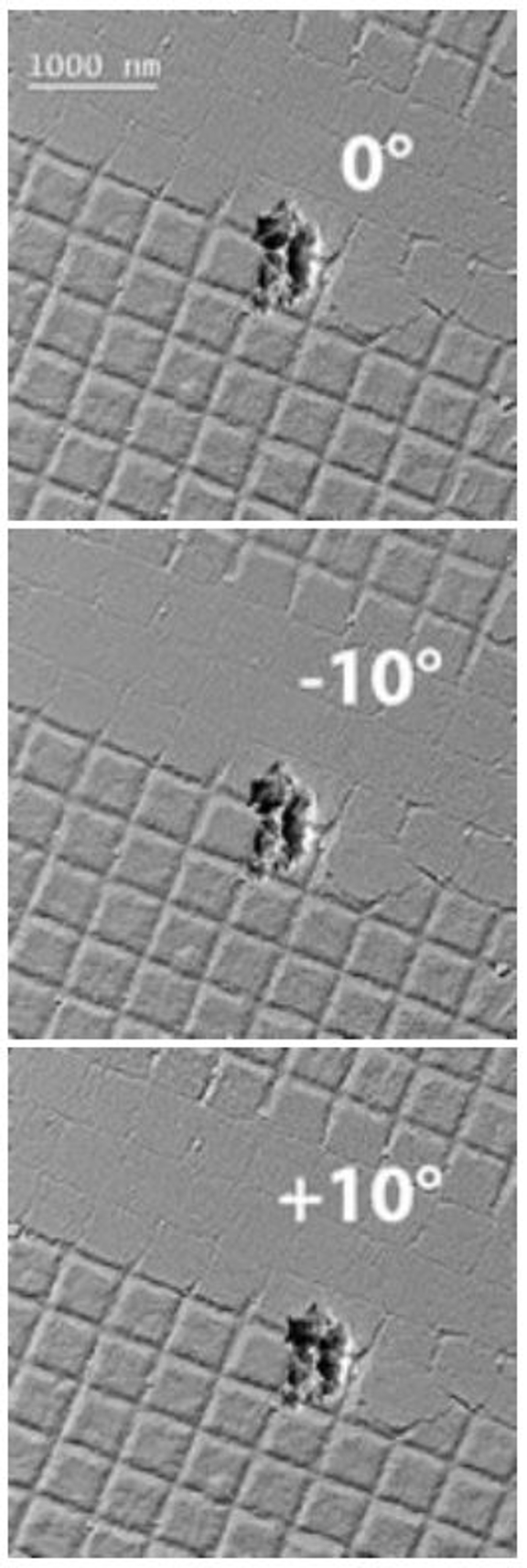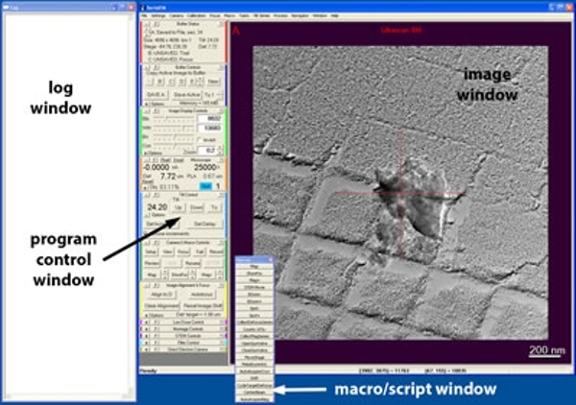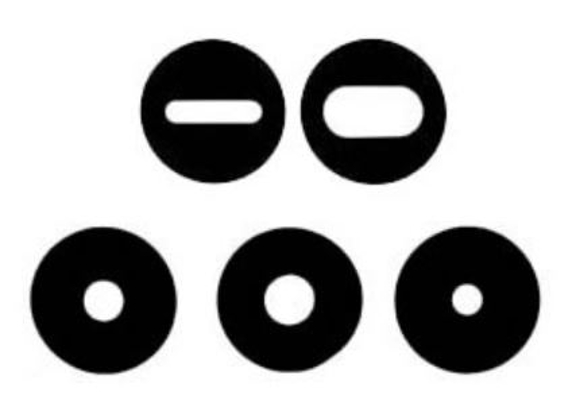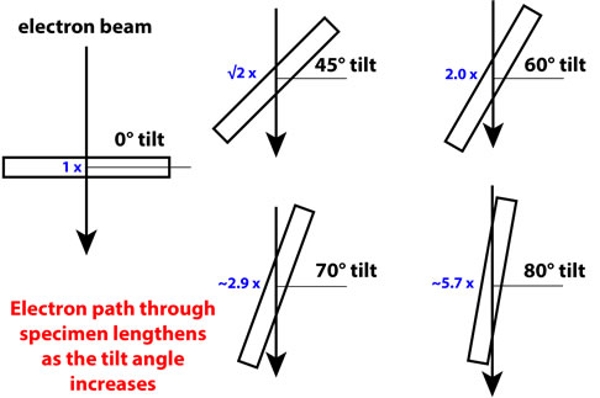The fundamental concept behind tomographic reconstruction of all sorts is that it is possible to construct a three-dimensional (3d) representation of a 3d object by combining two-dimensional (2d) projection images of the 3d object. It will be useful for the rest of this discussion to present some of the history of this field, both to clear up certain misconceptions about tomography and also because the field uses several different terminologies and formalisms when dealing with the relationship between a 3d object and its 2d projections. The "N-dimensional" mathematical proof behind the relationship between objects and projections and the "Radon transform" itself were introduced by the Austrian mathematician Johann Radon in a hard-to-locate article published in 1917. For various reasons, Radon's treatment of the problem had very little practical impact at that time but was of enormous interest to people working in areas of pure mathematics such as integral geometry and partial differential equations. Even today, although many people make reference to Radon and Radon transforms when talking about tomography, Radon's approach to the problem is seldom actually used.
In the 1950's, the physicist Allan Cormack developed the theoretical underpinnings that led to the field of X-ray computed tomography (CT) used in medical imaging. CT was a practical demonstration of the relationship between a 3d object and 2d projections (X-ray images, in this case). Cormack's early work was done without any knowledge of Radon's mathematical treatment: Cormack notes in his 1979 Nobel lecture that he only learned about Radon's work (and the work of various other people in the area we now call tomography) in the early 1970's when returning to CT-scanning problems. Cormack not only developed the mathematics for dealing with the problem of generating a volume based on a set of X-ray images collected at various angles relative to the original 3d object (various back-projection algorithms), but he also produced a practical demonstration of the theory using an X-ray source and a physical "phantom object" that mimicked the properties of the human body. In addition, Cormack described how noise in the X-ray images propagates into reconstructed volumes and developed practical ways of dealing with these effects. Cormack and the electrical engineer Godfrey Hounsfield (who built the first practical CT scanner) received the 1979 Nobel Prize in Physiology or Medicine "for the development of computer assisted tomography."
Another formalism that describes the relationship between 3d objects and 2d projections was developed by David DeRosier and Aaron Klug in the mid-1960's at the Medical Research Center's Laboratory for Molecular Biology in Cambridge, England. According to DeRosier, this work was done independently of both Radon's mathematics and Cormack's more practical work. The DeRosier and Klug description of the relationship between a 3d object and its 2d projections should be familiar to everyone in the field of cryoTEM and is known either as the projection theorem or the central section theorem (which more closely ties the name to the concepts behind it). In essence, the central section theorem states that the Fourier transform of a 2d projection of a 3d object is a central section (i.e., a section passing through the origin of the transform) of the Fourier transform of the 3d object. When the 3d reconstruction problem is considered using this framework, it is relatively easy to see how it should be possible to fill 3d Fourier transform space with the 2d Fourier transforms from a series of projection images at different tilt angles and to generate a 3d reconstruction simply by inverse Fourier transforming that (partially filled) volume.


